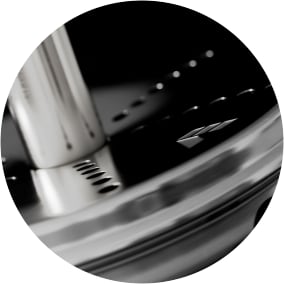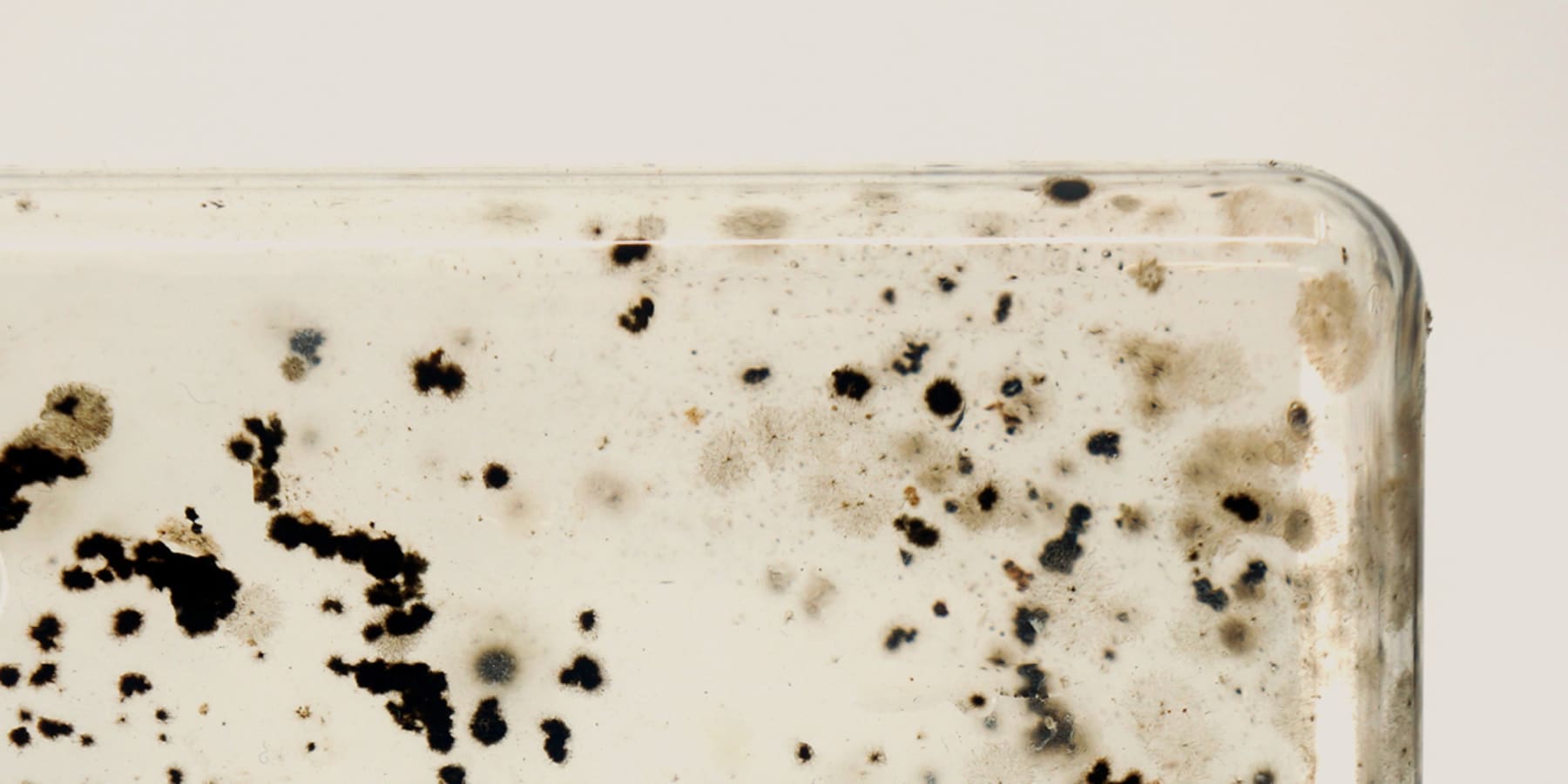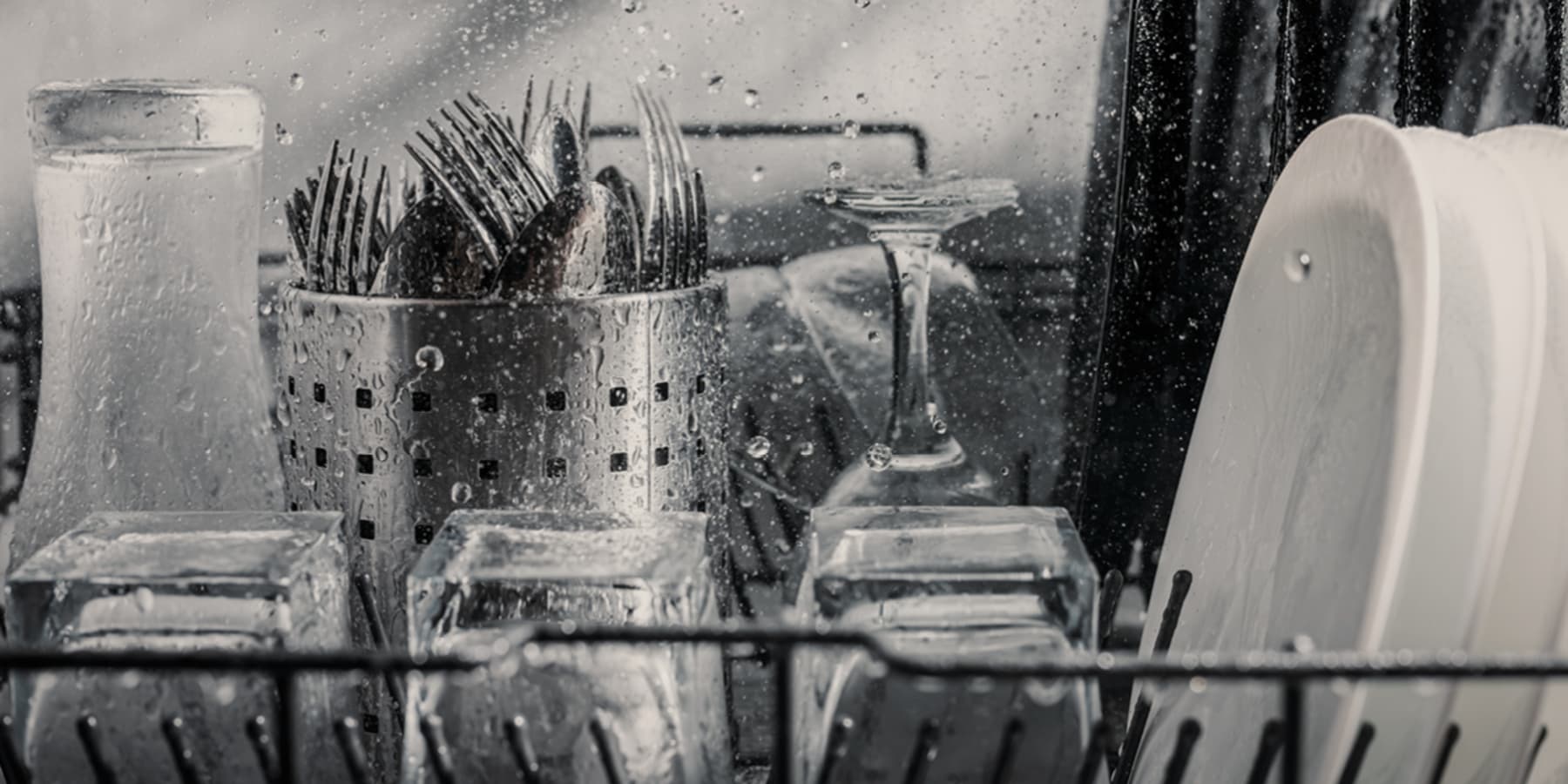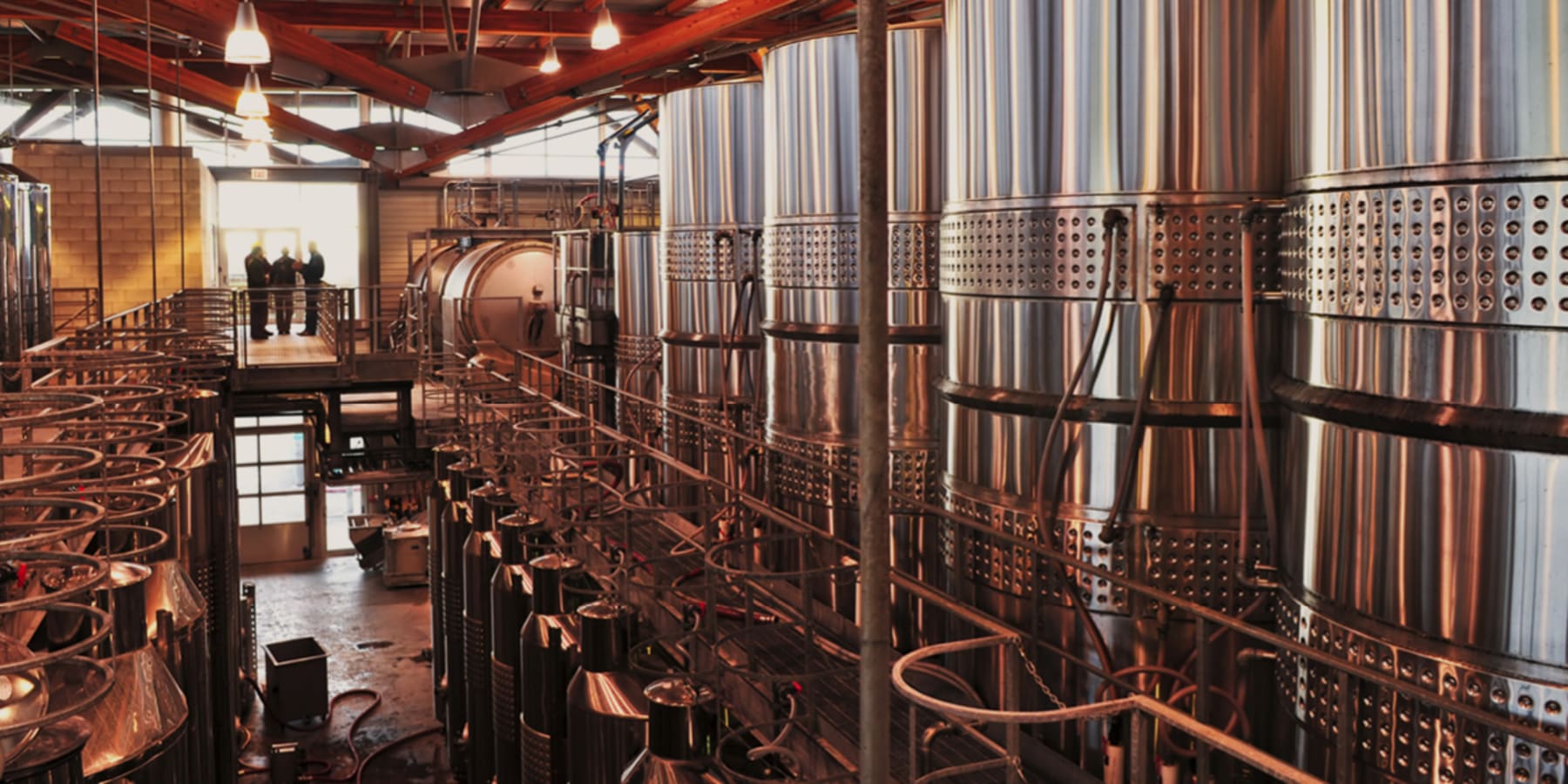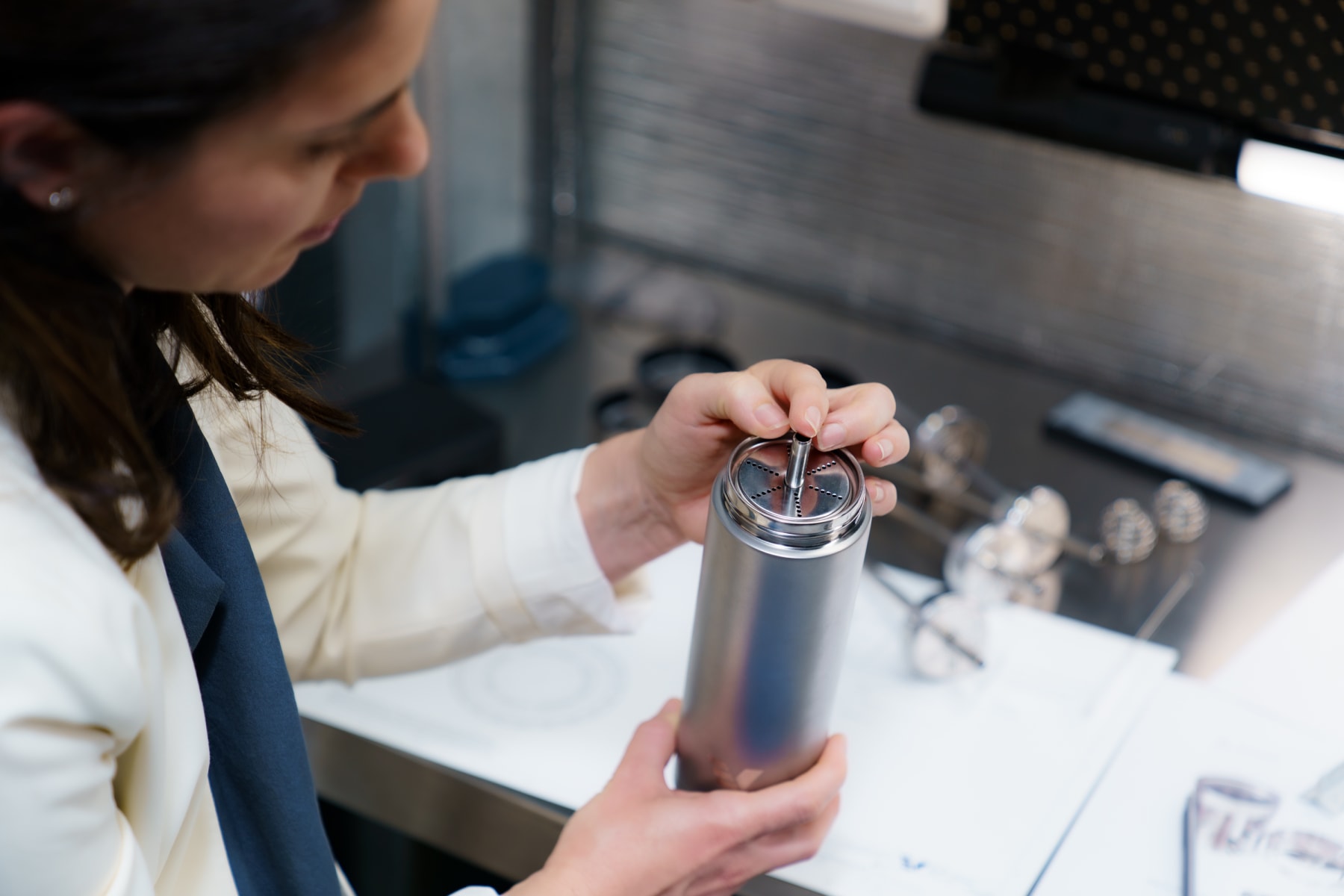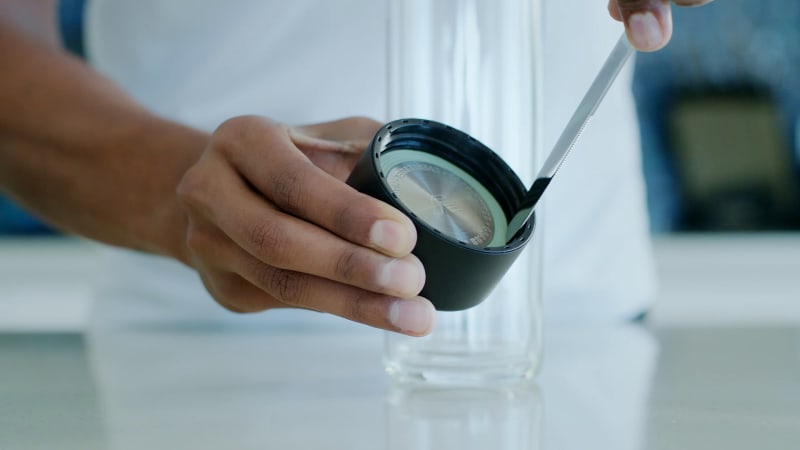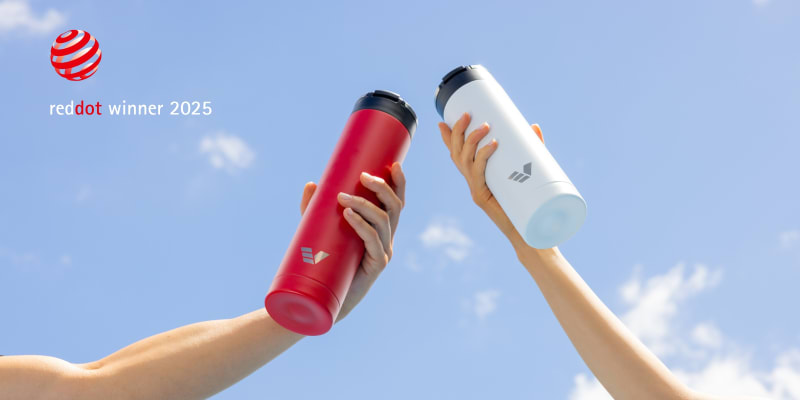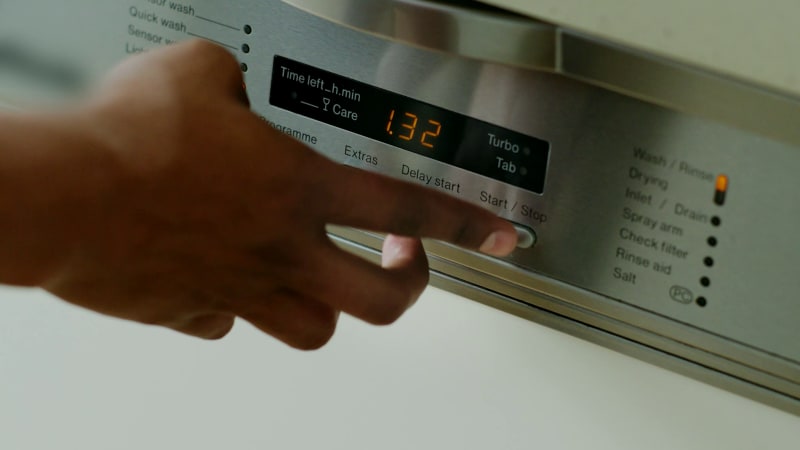One of the challenges that comes with reusing water bottles is keeping them clean and free of smells and odors.
I think back to the time I put a smoothie in my old plastic water bottle and really enjoyed it that day. Unfortunately, the bottle then carried a stale smell from the smoothie and ruined the water that I tried to consume from that bottle for ages afterwards.
So how can we avoid having that water bottle smells bad?











